The British Aerospace Institute, (known by its acronym ATI), presents its FlyZero initiative, a project that promises commercial aviation zero carbon emissions by the year 2030. This would allow revolutionizing the sector and traveling anywhere in the world with a single scale and no carbon footprint.
These flights, powered by green liquid hydrogen, require changes to onboard technologies that include tankless wings, hydrogen tanks, cryogenic fuel systems, fuel cells, electrical power systems, and hydrogen gas turbines. In addition to ground stations for refueling. This means overcoming great challenges, but with the promise that your reward will be an incentive to combat climate change.
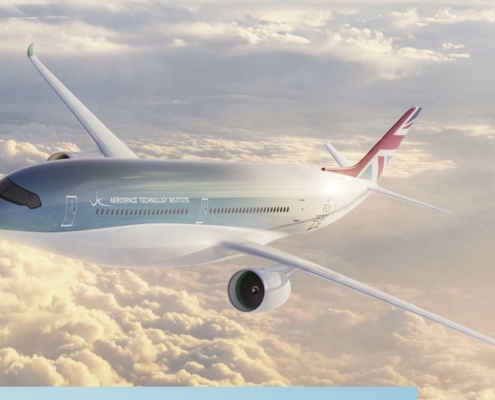
source: https://ecoinventos.com/avion-de-hidrogeno-liquido-con-mejillas-de-ardilla/
At the beginning of 2022, the FlyZero project is expected to provide a detailed report of the progress achieved so far concerning aircraft concepts, technology roadmaps, economic and market studies, and the corresponding sustainability assessment. This will help it allow the UK to stay at the forefront of the industry for years to come.
The use of hydrogen in the aeronautical industry could ecologically achieve global connectivity and the FlyZero project is working to present us with the possibility of flying in a 279 passenger plane with the same comforts and speed to which we are accustomed but with special emphasis on the decarbonization which could have an impact not only on gas emissions but also on cost reduction.
Regarding the changes in the design, it is proposed that the fuel is stored in cryogenic tanks at -250 degrees Celsius and will be located in the aft fuselage and two smaller tanks in the forward fuselage that will serve to maintain the balance of the aircraft. While burning fuel, this way they avoid having to add additional aerodynamic structures. On the other hand, the aircraft will have two turbofan-type hydrogen combustion engines. This type of medium-sized aircraft could satisfy 93% of the carbon emissions in the aeronautical sector.

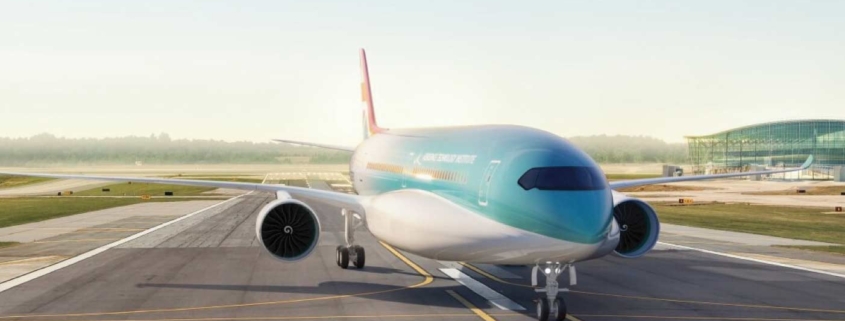

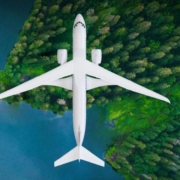
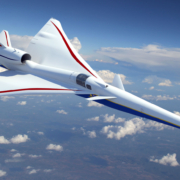
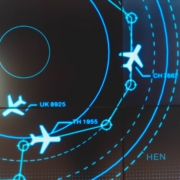

 https://www.eluniversal.com.mx/destinos/commonpass-el-pasaporte-covid-que-ya-inicio-pruebas-en-eu
https://www.eluniversal.com.mx/destinos/commonpass-el-pasaporte-covid-que-ya-inicio-pruebas-en-eu 



Leave a Reply
Want to join the discussion?Feel free to contribute!